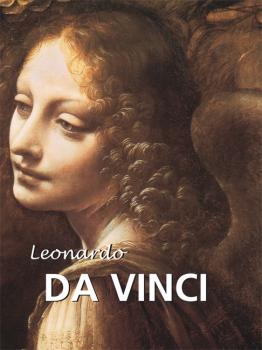ТОП просматриваемых книг сайта:
Eugene Muntz
Список книг автора Eugene MuntzАннотация
Информация о книге
Автор произведения Eugene Muntz
Жанр Изобразительное искусство, фотография
Серия Mega Square
Аннотация
Информация о книге
Автор произведения Eugene Muntz
Жанр Изобразительное искусство, фотография
Серия Mega Square
Аннотация
Информация о книге
Автор произведения Eugene Muntz
Жанр Изобразительное искусство, фотография
Серия Great Masters
Аннотация
Информация о книге
Автор произведения Eugene Muntz
Жанр Изобразительное искусство, фотография
Серия Best of
Аннотация
Информация о книге
Автор произведения Eugene Muntz
Жанр Изобразительное искусство, фотография
Серия Perfect Square





